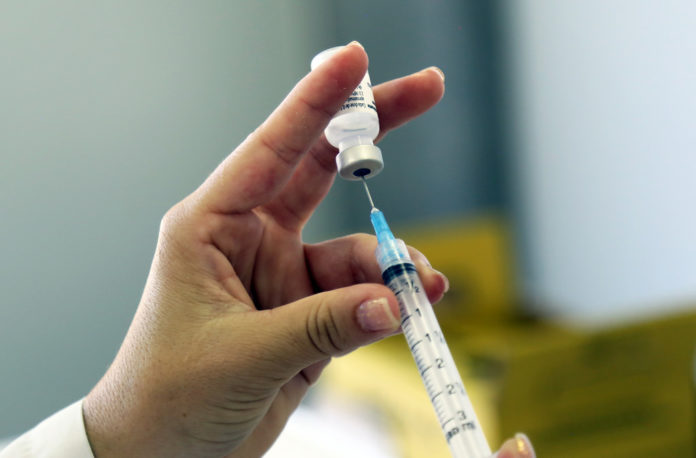Study shows 15.1 million new hepatitis C infections and 1.5 million cirrhosis and liver cancer deaths will be averted globally by 2030
A comprehensive package of prevention, screening, and treatment interventions could avert 15.1 million new hepatitis C infections and 1.5 million cirrhosis and liver cancer deaths globally by 2030. This is equal to an 80% reduction in incidence and a 60% reduction in deaths compared with 2015, according to the first study to model hepatitis C interventions globally published in The Lancet.
The estimates suggest that the interventions modelled in the study would reach the elimination targets set by the World Health Organization (WHO) to reduce the number of new hepatitis C infections by 80%, but narrowly miss the target to reduce mortality by 65% – which would instead be reached by 2032.
Globally, it is estimated that 71 million individuals are chronically infected with hepatitis C virus, and 10-20% will develop liver complications including cirrhosis and cancer – which were responsible for over 475,000 deaths in 2015. In recent years, the number of deaths from viral hepatitis infection has risen
“Even though it narrowly falls short of the WHO targets for 2030, the impact our estimates suggest would be a tremendous stride forwards,” says Professor Alastair Heffernan, Imperial College London, UK, who led the research. “Eliminating hepatitis C virus is an extremely challenging aim that requires improved prevention interventions and screening, particularly in high-burden countries such as China, India, and Pakistan. Across the globe, these options are currently well below the levels we estimate are needed to have a major impact on the epidemic. Research into how to improve this in all settings, as well as increased funding, will be needed if we are to reach these targets.”
Globally, it is estimated that 71 million individuals are chronically infected with hepatitis C virus, and 10-20% will develop liver complications including cirrhosis and cancer – which were responsible for over 475,000 deaths in 2015. In recent years, the number of deaths from viral hepatitis infection has risen.
Transmission is most commonly associated with blood transfusions, unsafe healthcare-related injections, and injection drug use. The first two causes of infection have declined globally, but remain an issue in lower income countries. However, infection from injecting drug use is the primary cause in countries where all other causes have been mostly eliminated.
In 2014, direct-acting antivirals were developed, which provide greatly improved cure rates along with reduced side effects and shorter duration of treatment, meaning that more patients can successfully complete treatment than before.
As a result, in 2016, all 194 member states of the WHO have committed to eliminating viral hepatitis as a public health threat. These targets include reducing mortality by 65% and reducing new infections by 80% by 2030, compared with 2015 rates. This is to be achieved by preventing transmission (by improving blood safety and infection control measures, and extending harm reduction services for people who inject drugs), and expanding testing, and increasing treatment with direct-acting antivirals (DAAs) for those already infected.
If things continue as they are, the estimated number of people living with hepatitis C infection will gradually decrease to 58 million in 2050 but could rise by the end of the century. If treatment with direct-acting antivirals is not improved, outcomes could be even worse with considerably higher mortality and new infections.
Implementing comprehensive blood safety and infection control measures was estimated to reduce the number of new infections in 2030 by 58%, compared to if things continue as they are. In addition, extending harm reduction services to 40% of people who inject drugs could reduce the number of new infections by a further 7 percentage points. Together, this would prevent 14.1 million new infections by 2030, but these reductions would not immediately translate into reduced mortality.


